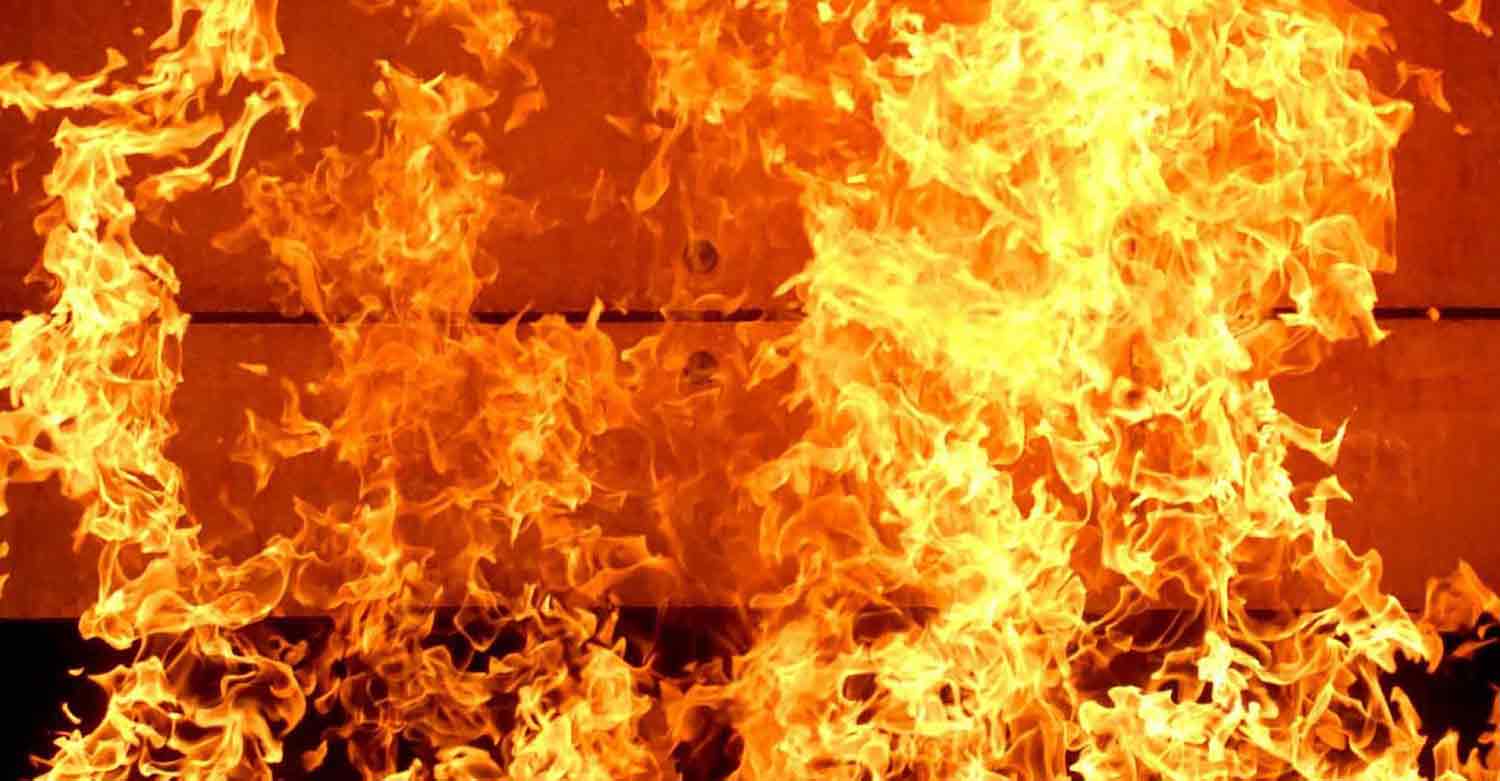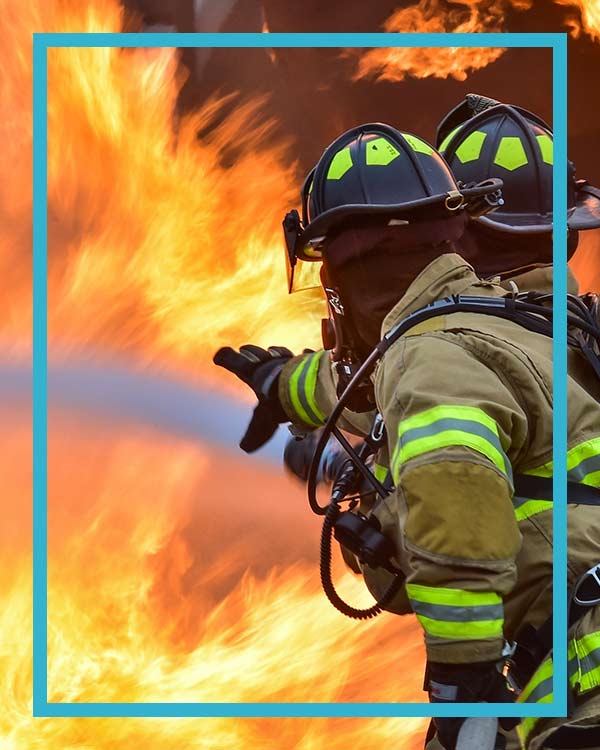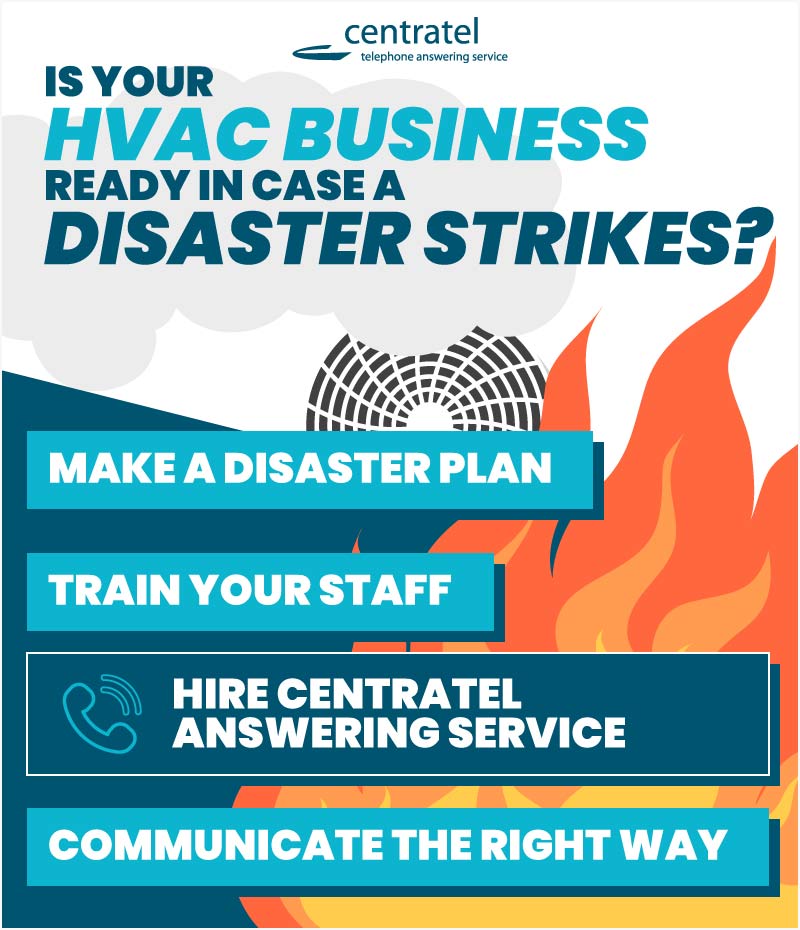
When you think about disaster planning for your HVAC business, you might think about large-scale disasters such as earthquakes, terrorist attacks or epidemics. However, disasters on a much smaller scale, such as a fire or burst pipes, can also disrupt your business.
Whether a disaster is large enough in scope that it affects your customers as well or is confined only to your business, failing to adequately prepare can mean losses for your business. Furthermore, in the case of a large-scale disaster, your customers may have a particular need for HVAC services. Disaster preparedness means you can take care of them.

Make a disaster plan
The first step in disaster planning for your business is to identify likely disaster risks and the unique issues that may arise from them. For example, you might live in an area that is prone to earthquakes, forest fires or hurricanes. More generally, disaster planning has two main components: how to communicate with employees and how to continue serving customers. In all of these cases, the key is having multiple backup plans.
Train your staff
Employees need to have several different ways of contacting you in case of disaster. Employees should be trained as to how to react whether the disaster happens during the work day or after hours. A generator can ensure that you are able to maintain power. However, in some cases, it may not be possible to access your office. Servers as well as some equipment, such as trucks, should be stored offsite.

Hire an Answering Service
There should also be phones located offsite. An HVAC answering service can help ensure that customers are able to reach you even if your phone lines are down locally. The service could also be used to help you communicate with employees, vendors, contractors and others if necessary. Include the answering service in your disaster planning by liaising with the service to decide how it will relay messages between your customers and employees and help keep your office organized and functional.
Communicate the right way
Other things to consider are how you will communicate with emergency personnel and how you will prioritize tasks and customer needs. Organizations such as FEMA provide a great deal of information that can help you make your disaster plan.
Although failing to plan for disaster can be costly, the Disaster Recovery Preparedness Council reports that nearly three-fourths of small- or medium-sized businesses throughout the world do not have a disaster plan in place. By making a disaster plan, you can be there for your customers and employees when other businesses are not.
